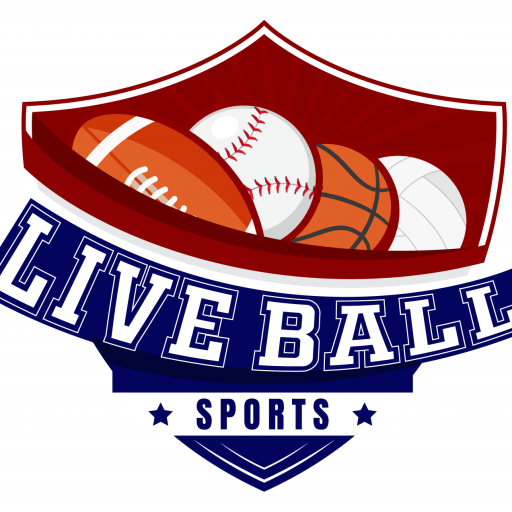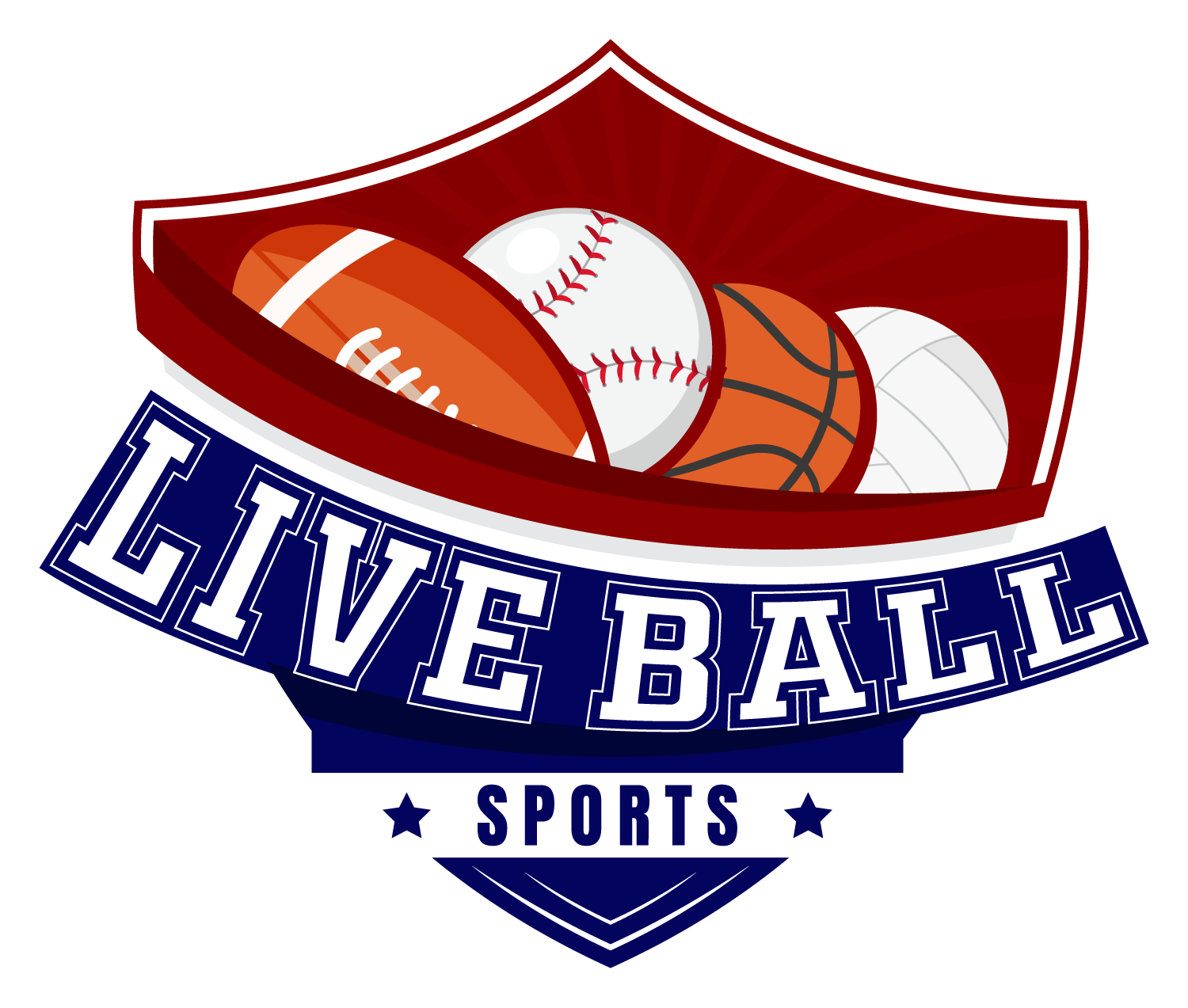Federal Judge Approves Landmark NCAA Athlete Compensation Settlement
In a significant development for college sports, a federal judge in California has granted preliminary approval to a revised version of a multi-billion-dollar settlement concerning athlete compensation against the NCAA and the Power Five conferences. This ruling brings the NCAA closer to establishing a $2.8 billion damages pool for current and former athletes, slated to unfold over the next 10 years.
The proposed settlement signals a potential turning point in college athletics, allowing Division I schools to begin paying athletes directly for the use of their name, image, and likeness (NIL). However, these payments will be subject to a per-school cap that is set to increase over time. Despite the milestone achievement, the legal process is still ongoing. Starting on October 18, current and former athletes will be officially notified about the terms of the agreement, with a chance to object or opt out by January 31, 2025. A final approval hearing is scheduled for April 7, 2025.
Judge Claudia Wilken, who oversees the case, had previously rejected the initial version of the settlement. After filing adjustments that addressed her concerns, the settlement was granted preliminary approval, although the process is far from complete. The judge’s ruling was met with optimism, highlighting a major advancement for NCAA athletes, as stated by one of the lead attorneys involved in the case.
NCAA President Charlie Baker expressed excitement about this ruling, stating that it would lead to stability and sustainability in college athletics, ensuring increased benefits for student-athletes for years to come. Under the terms of the settlement, if everything proceeds smoothly, schools could start paying their athletes as early as the 2025-26 academic year, with potential damages payments beginning for athletes in fall 2025.
Approximately 400,000 athletes could be eligible for payments, with significant distributions planned for football and men’s basketball players. Notably, there’s even indication that athletes from other sports may also receive considerable claims. One such case cites an athlete from a sport other than football or basketball who might collect over $1.85 million.
This settlement could transform NCAA guidelines, including the elimination of sport-specific scholarship limits and the introduction of new roster size limits. For instance, the limit for football rosters could increase to 105 players during the first academic year following final approval. Moreover, while athletes will still have opportunities to engage in NIL deals, new NCAA rules will establish clearer guidelines to ensure the integrity of these agreements, allowing for oversight and review of payments exceeding $600.
While the settlement is seen as a progressive move, it does raise essential questions about the future of collectives, which are groups dedicated to pooling resources for NIL payments. Athletes will also have avenues to seek guidance on their agreements and can challenge any sanctions through arbitration if necessary.
As the college sports landscape shifts, this preliminary approval marks a crucial step forward for athletes, and the upcoming months will determine how these changes will unfold.



